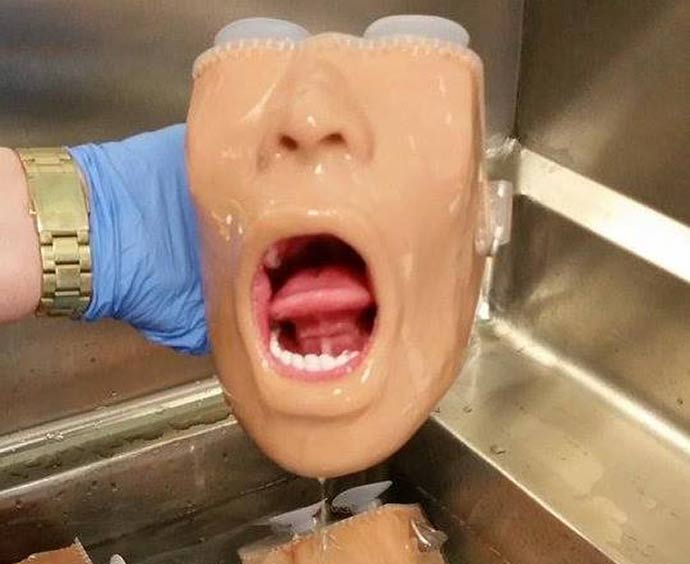If it’s almost Halloween, then it’s time to look in on our favorite synthetic cadaver manufacturer. Its products are more educational than scary — unless you consider the possibility the company might relocate a frightening prospect.
When we checked in two years ago with Syndaver — the 10-year-old Tampa-based manufacturer of "synthetic humans" and other simulation and medical training devices — the company was looking to establish refurbishment outposts globally while still growing at home, had just hired its very own fitness coach and was building its own ring for those employees into mixed martial arts (MMA).
This month, we checked in again with founder Dr. Christopher Sakezles in Tampa, and found out it’s more like SRO.
"We’ve tapped out our current location here in Tampa," he says of the site now employing more than 100 people. "It’s a fairly large building, but we can’t grow anymore. We’re leasing this space, and have it through 13 more months. We’re casting a wide net, and even looking out of state."
Earlier this year the company established a small office in College Station, Texas, as part of a new collaboration with the Texas A&M veterinary school. "We’re looking there, and looking locally in surrounding counties here," says Sakezles. "We’re looking at potentially opening additional facilities or relocating this facility." As for the company’s growing relationship with Texas A&M, he says, "It’s an incredible program, and nice they have so many allied schools there. There are a great many educators we can work with on so many different things. They’re very receptive to talking about it, so something big is likely to happen with them."
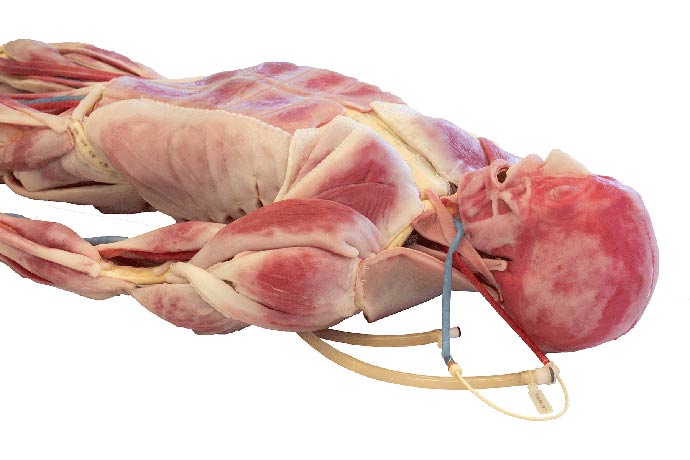
He characterizes the company’s growth as "extremely rapid." Now into its third-generation synthetic human product, Syndaver has gone full-bore into synthetic animals too, including dogs, cats and at least major parts of a horse. "We haven’t built an entire horse yet," he says. But every type of animal — including creatures important to food science such as cows, sheep and chickens — is a potential opportunity for introduction of a fully lifelike synthetic reproduction complete with body systems.
"There’s business everywhere," says Sakezles. Tampa was the default location because it’s his hometown, but he’s not wedded to it. "We’re pretty actively involved in collaborations around the country and world, and tend to put people where those things are," he says. There’s potential for the Texas A&M partnership to extend beyond veterinary school to the university’s medical and nursing schools. "We don’t need to move the entire company there," he says, "but we’re looking at it … it probably will be a satellite location first."
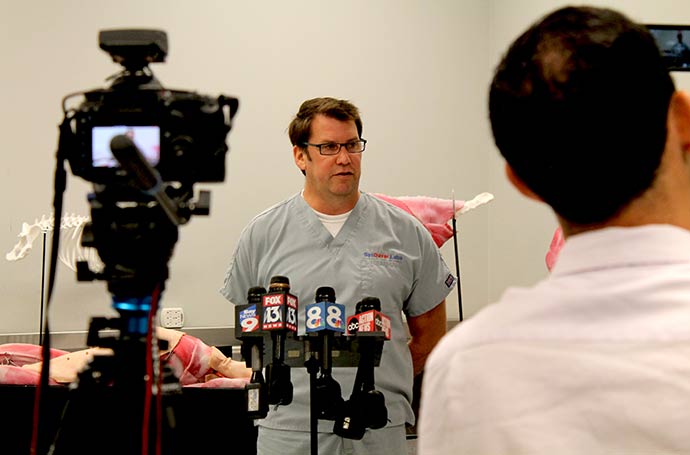
Dr. Christopher Sakezles says the company’s growth opportunities abound, but it’s run out of space in Tampa.
The A&M sale began with synthetic canines, and will include development of custom pathologies. The company also is developing another horse model with the University of Florida, has made another major sale of canines to the University of Saskatchewan and is working through trials with its third-generation synthetic cadaver at Campbell University’s medical school in North Carolina.
In a Community Far, Far Away
Heather Branham, RN, BSN, BA, a registered nurse in hematology/oncology/bone marrow transplant at Children’s Healthcare of Atlanta (and, full disclosure, this journalist’s neighbor), calls the Syndaver synthetic cadaver nothing short of "genius."
"I would’ve given anything to have something like this in my healthcare education," she says. "There is no better way to learn than a visual, hands-on experience. Accessing cadavers is not always a realistic thing to do with so many students and classes. I think that this product could serve the world of healthcare education very well, and its cost would be well worth it and comparable to other models that hospitals are investing in already."
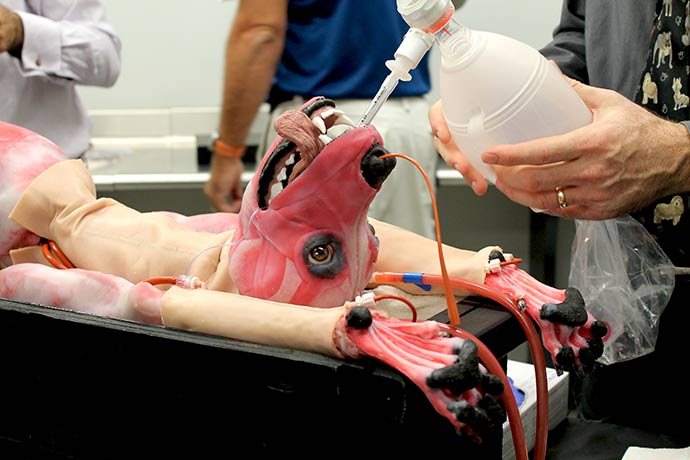
In addition to their medical training applications, SynDaver products have earned a cult following after appearances on the TV shows Shark Tank, MythBusters, Grey’s Anatomy, and the series finale of CSI. Recently, however, the showbiz and medical uses converged in a partnership announced in September with Lifecast Body Simulation, based at Elstree Studios outside London in the UK, a complex established in 1926 best known for hosting the filming of Star Wars, as well as classic TV shows such as The Avengers.
“We have always designed our products with the goal of creating a suspension of disbelief," said Sakezles in September. "When it counts, you need to work with models that are realistic in both appearance and feel. We’re excited about this partnership with Lifecast Body Simulation because it dramatically elevates our current capabilities and will lead to the development of unbelievably realistic products that can be used in a wide variety of industries."
Lifecast models are made from silicone, are available for each stage of the human life cycle, and focus on providing maximum visual realism with a minimum of technology. Lifecast also provides prosthetics, special FX make up, molding and sculpting services along with special prop making and photo-realistic dummies for action within the film, tv and arts industry. SynDaver technology mimics living tissue and is made up of water, salts and fibers — similar to a live organism.
"It made sense to marry the two things," says Sakezles of the partnership that came about through a LinkedIn connection — "sort of like Internet dating," he says. "If you can make the outside as realistic as the inside, why not do it? We started meeting in person with the guys who run the company three months ago. It started out as a deal to distribute each other’s production, but we’re starting to co-develop things."
Earlier this month, Sakezles announced that the companies would be creating an entry-level modular mannequin with high-end features but a lower cost ($10,000). And rather than worry about repair and replacement after use, the companies would instead share design specs, "which means that our end-users will be able to print replacement parts as well as design modified parts for the community." The new models will include everything from spontaneous respiration, airway maintenance and vascular access points to lung, heart and bowel sounds.
Sakezles describes the Elstree Studios area as similar to an artists colony. He expects Syndaver will need to co-locate somehow, and says the company already was looking in the UK anyway "because we’re expanding into Europe as we speak. We will manufacture there at some point, probably early next year."
Syndaver already operates in a number of places in China and Mexico through distributors (Tellyes and Master Meditech in China, TAQ Sistemas Medicas in Mexico City). "We’re ultimately going to have Syndaver employees over there in Syndaver space," Sakezles says of China. "That’s true of anywhere in the world we’re going to go. In Mexico in particular we’ve been more successful than elsewhere."
Home Cooking?
Asked how the company has been supported in Florida during its decade of growth by state and local organizations, Sakezles is curt.
"We don’t get any support from the State of Florida or the [Tampa Bay-Hillsborough] EDC," he says. "I don’t get what their purpose is. My VP of operations is talking to different counties to see if there are various incentives to move, and what he’s hearing is kind of dismissive of us, because they don’t offer incentives to stay or to relocate. We don’t expect people to pay us to show up or stay. It would be nice if there were something, but I am kind of surprised they don’t seem all that interested."
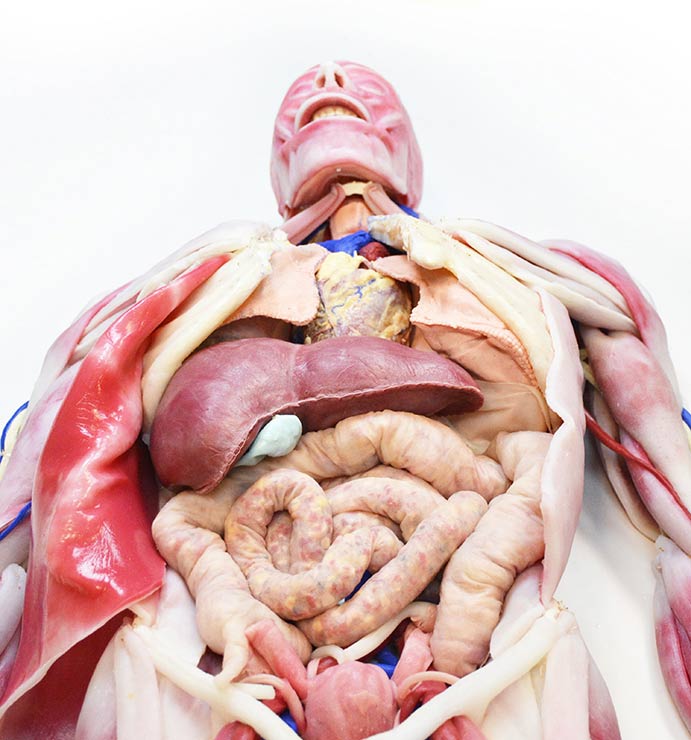
Sakezles says he’s always asked about economic development councils and chambers helping out, but "I see them as worthless organizations," he says. "I don’t think they do anything but talk, especially for small companies like ours. It’s been 10 years now, and I haven’t received any help."
Could his blunt criticism also be just talk? Could his firm’s wage levels and other numbers simply fall just outside minimums required by certain incentive programs? I asked area and state economic development leaders, who were reluctant to discuss specifics out of respect for confidentiality. But they wished to dispel common misperceptions.
Beth Kirkland is the executive director of the Florida Economic Development Council (FEDC), a professional association of local and regional economic developers around the state. She says the most commonly used tool available is a tax refund program tied to creation of at least 10 new jobs, at or above the average wage for a given region or county, depending on whether the location is urban or rural. To access that refund, of course, the firm has to create the jobs, make the capital investment it’s pledged and create a tax liability.
"We have a lot of small businesses in Florida that are LLCs," she observes, "so that program may not be useful to you." But other programs are available for healthy second-stage companies that may not have a tax liability, such as the GrowFL program (housed at University of Central Florida and supported nationally by the Edward Lowe Foundation) and another program supported by the Jim Moran Institute at Florida State University. And for companies such as Syndaver, Kirkland suggests, the state’s manufacturing extension partnerships, branded under FloridaMakes, continue to be vibrant resources, especially for second-stage manufacturing firms.
Kirkland and Michelle Bauer, chief marketing officer for the Tampa Hillsborough EDC, are also quick to point out that the familiar complaint from homegrown businesses about handouts going to the new kid on the block while existing businesses die on the vine simply doesn’t hold true.
"We work very hard to make sure our existing businesses continue to thrive here," says Bauer. She cites Tampa Hillsborough numbers that show that 16 of the 31 projects closed during FY 2017 involved local business expansions, not new attractions. Those 16 projects represent 2,234 new jobs and $73.4 million in capital investment.
As a Tampa Business Journal article from last year explained, Tampa Hillsborough EDC staff planned to visit 144 firms during FY 2016, and were aiming to visit 158 during FY 2017. That doesn’t mean everyone gets some candy. But it means the EDC is doing what it exists to do.
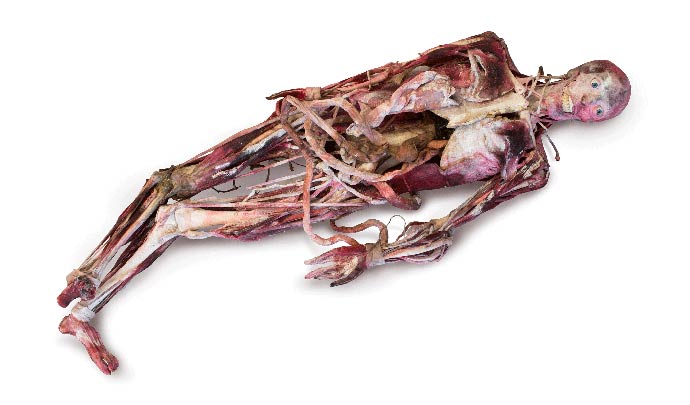
“One of the perceptions of the EDC is that we are purely here to attract companies from outside the state," Steve Morey, vice president, business development, for Tampa Hillsborough EDC, told the paper. "Although those are the headline grabbers, what we spend the majority of our time doing is working with existing businesses."
"We provide training throughout the year to our members on topics such as business retention and expansion," says Kirkland, including offerings such as workforce training dollars that are available to those existing firms even when a Qualified Target Industry Tax Refund (QTI) program may not be applicable. Branded as CareerSource Florida, the funds are flexible and available via 24 regional workforce boards around the state. "They do come with qualifications like anything else, and certain wage rates in some cases," Kirkland explains. "Our practitioners are very good at sharing these."
She also offers the example of another kind of support, when a company in rural Gadsden County wanted to expand but needed infrastructure. The county made an application for infrastructure dollars on the project’s behalf, and the necessary road and utilities were brought to the edge of the company’s new greenfield site.
Squaring Talent with Opportunity
Tampa-area firms expanding in the same life sciences arena as Syndaver include medical device maker Corin USA (an HQ expansion creating 100 new jobs), precision instrument maker Metrohm USA, Stryker and former startup Inspirata, which Bauer cites as "a good example of what it takes for a startup to get QTI and other incentives."
Specifically, in September 2014, the Hillsborough County Board of County Commissioners and the Tampa City Council approved a local incentive package of $140,000, supporting a commitment of $560,000 from the State of Florida through the state’s QTI program. The total QTI allocation of $700,000 will provide the company with $10,000 per job for each of 70 newly created positions. The incentives, to be distributed over a period of six years, are performance-based, meaning funds are only paid after the jobs are created at the wages promised. The company’s footprint is small (under 10,000 sq. ft.) but its commitment is large, with plans to invest up to $25 million in R&D.
More than 3,000 life sciences and health care companies employing more than 62,100 workers operate in Tampa and Hillsborough County, which is home to 14 percent of Florida’s biotech companies and 22 percent of the state’s pharmaceutical and medicine manufacturing workforce.
“While we initially investigated other locations, Tampa really was our top choice when considering a location for Inspirata’s corporate headquarters, especially given the fact that the State of Florida and Tampa Hillsborough Economic Development Corporation were so supportive in helping us locate here,” said Satish Sanan, Inspirata Chairman/CEO, in announcing the HQ investment in May 2015. “From a pure economic standpoint, Hillsborough County and the City of Tampa are great places to launch a company because they’re so business friendly. Then, of course, there are all of the added benefits like being less than 15 minutes from one of the country’s best international airports, and having access to high-quality graduates from the outstanding universities and colleges in the area."
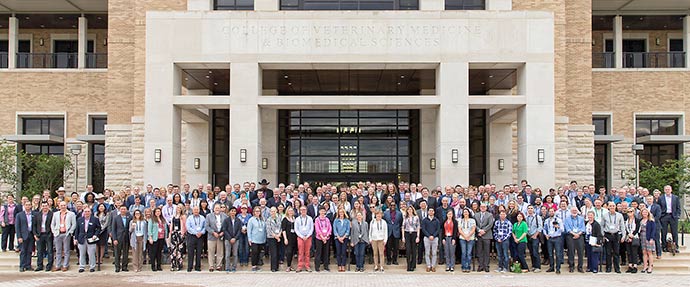
In an interview this week with Site Selection, Morey reiterated, "We take our business retention expansion efforts seriously," with the goal of visiting every company in the region’s targeted sectors (including life sciences) at least once a year and "basically doing a SWOT analysis," he says. (SWOT stands for Strengths, Weaknesses, Opportunities and Threats.) "Our goal is to first and foremost get out there and make sure we’re having a relationship with these companies, hearing things first-hand, and then see in our role as connector if we can find solutions for them." He calls Syndaver "one of our higher-profile companies" and an important part of the fabric of the area’s life sciences economy. He also says the EDC convenes effective executive roundtables, and the most recent roundtable of life sciences leaders included discussion of "how we truly work to not just recruit companies to the area but work with existing businesses.
"We get a lot of press when a new company comes to town," he says, "but we know 80 percent of our new jobs are going to come from existing businesses."
Bauer says it’s also important to clarify that young companies often are looking for up-front or venture capital money to help them grow, and that’s different from contracted incentive agreements involving a commitment to the state and to taxpayers. "Some companies say, ‘This isn’t the right fit, we are going the VC route,’ " she says. And though economic development organizations have strong ties to networks of incubators, accelerators, angels and venture capitalists, actually producing such funds is "not what economic development organizations do."
When Inspirata’s Satish Sanan was listing off the reasons for choosing Tampa two years ago, he said, "not the least of our considerations was the fact that the core group of employees joining Inspirata have all lived in the Greater Tampa Bay area for many years. Since this is our home, we have a vested interest in seeing the area prosper economically."
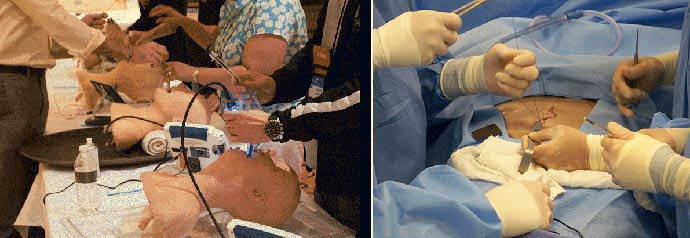
That sounds a lot like Syndaver. But given Sakezles’ dour outlook on economic development in his home state, follow-up conversations to several past meetings local economic developers have had with him may be in order.
"I love Texas, and I really love College Station," says Sakezles.
Could a dalliance with another area blossom into a full-blown love affair? Does the company’s hometown feel as under-appreciated as the company does? Are the company’s revenues, salaries, global connections and investment robust enough to make it a marriage worth saving?
Unlike the traumas re-enacted with Syndaver’s simulated bodies, this time the hurt feels all too real. But like those expensive products (and unlike real bodies absorbing such trauma), the opportunity may exist to sew up the wound, synthesize a solution and, best of all, learn from the experience.
